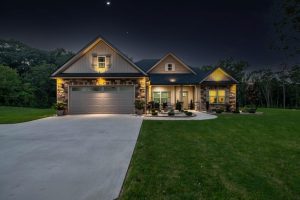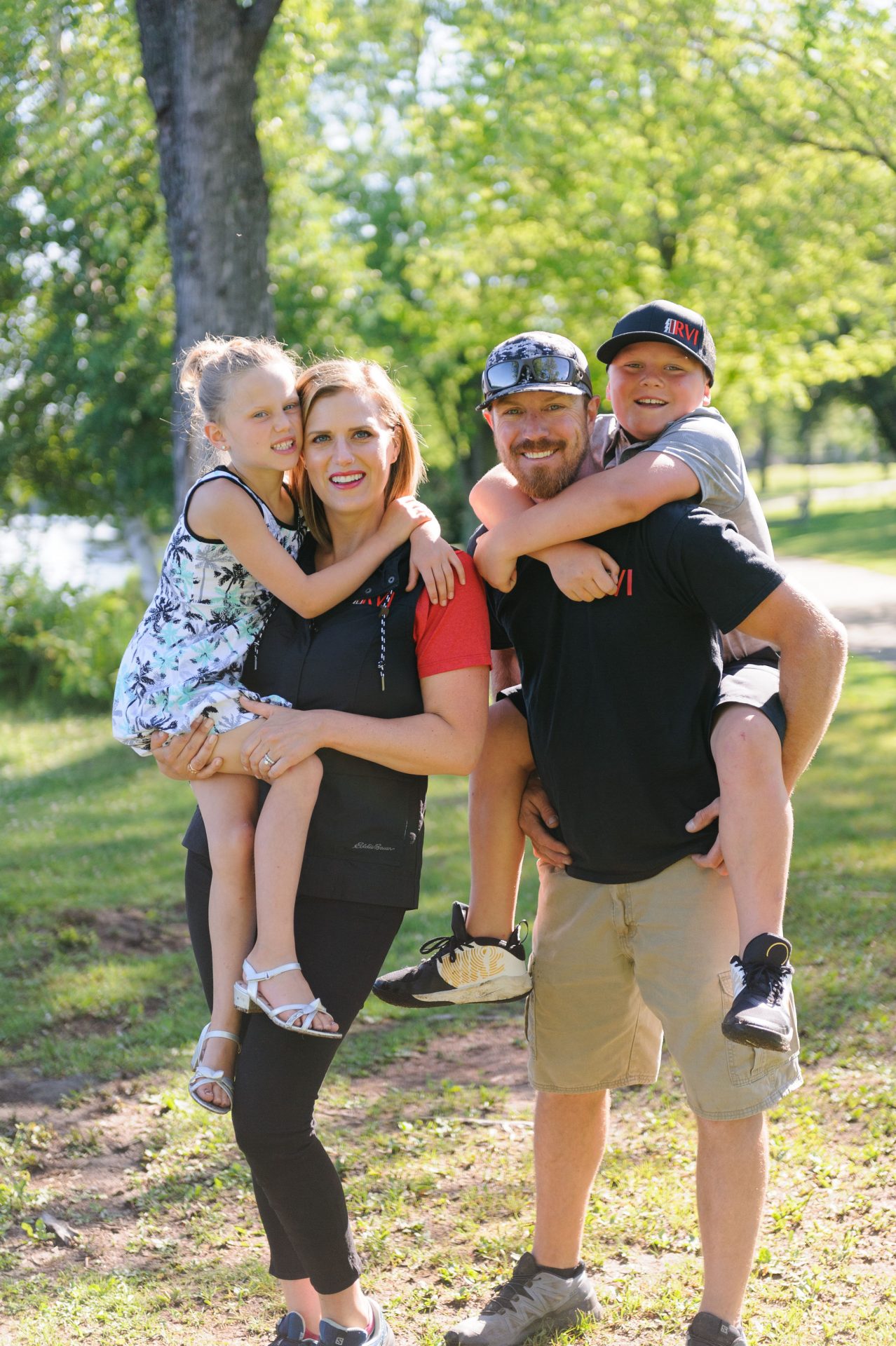
The building science industry continues to see improvements in HVAC, mechanical, and energy technologies. And with these improvements comes the demand from buyers that want efficient, economical heating and cooling systems.
It only makes sense, then, that builders would begin installing these upgrades in their new builds, seeing them as smart investments for future buyers.
However, there is an important consideration to make before investing in the newest equipment — and that’s whether the home is tight enough to warrant the installation of these fancy systems. In this blog, we’ll discuss why it’s important to ensure your new build is built tight and properly insulated before investing in HVAC or energy source upgrades.
What is a “Tight” Home?
A “tight” home is one that’s constructed to have few spots where air can leak in and out.
Many buildings are rife with gaps and cracks that cause air leaks throughout the structure. Small, seemingly insignificant openings around joists, foundations, electrical, windows, and doors can add up to a lot of indoor and outdoor air exchange.
While proper (e.g., controlled) ventilation in your new home is good, air leakage is not. Not only does the leaking air allow for loss of indoor heated or cooled air, but it also allows for particulates, pollutants, and pests to enter the home. Plus, homes with this type of air leakage are commonly uncomfortable and drafty.
But, the biggest issue with a home that leaks air is the high cost of operating. Whether the new build will use a pellet stove, a boiler, or forced air, if it’s not tight, it will cost a pretty penny to heat.
Why Does Tightness Matter When Considering Energy Upgrades?
At the end of the day, a home can only be as efficient as it is tight.
It doesn’t matter what kind of mechanical equipment you choose to condition your new home – if the home is not tight, you will waste energy and money.
Whether a new home will feature a high-tech HVAC system, solar panels, a boiler, or a pellet stove, you will see better efficiency, more cost savings, and a faster ROI if the home is air-tight and insulated right.
In our line of work, we sometimes encounter scenarios where a builder wants to install the newest, fanciest home conditioning systems. This is fine, in theory. However, in practice, the upfront installation costs, operational costs, and ongoing maintenance of the fancy system will never pay off in a leaky home.
Northern Wisconsin’s Building Science Experts Can Help
Before you plan the HVAC or other home energy systems or mechanicals in your new home, call RVI.
We can recommend ways in which additional insulation, air sealing, and ventilation systems can minimize energy loss and give you a more comfortable, tight, efficient home.
By consulting with RVI, you can be sure that you’re building a tight, well-ventilated, efficient home that will promote the best performance and ROI of whatever conditioning system you choose.
Get in touch with our Rhinelander, Wisconsin-based team of building science experts today.



